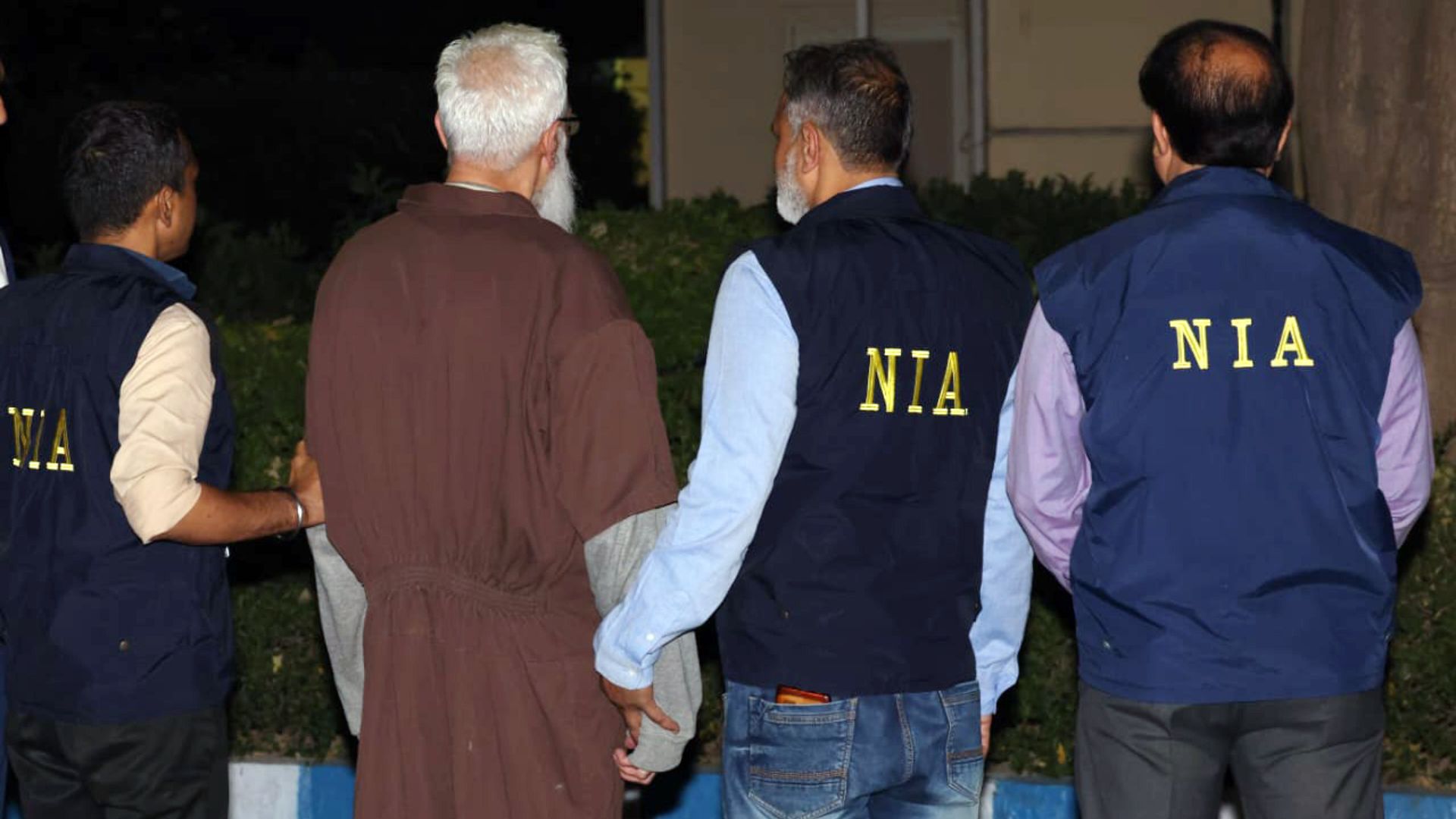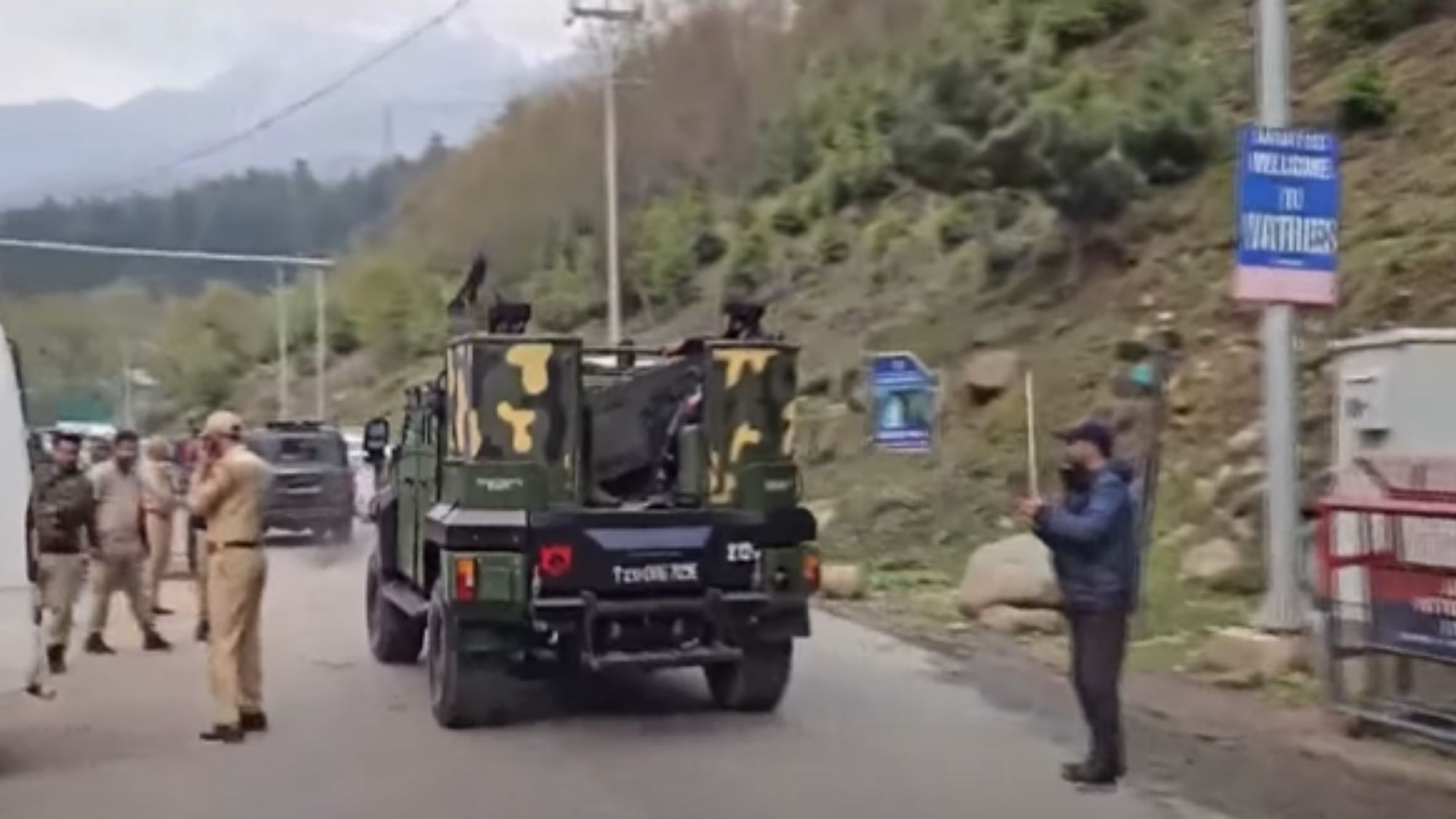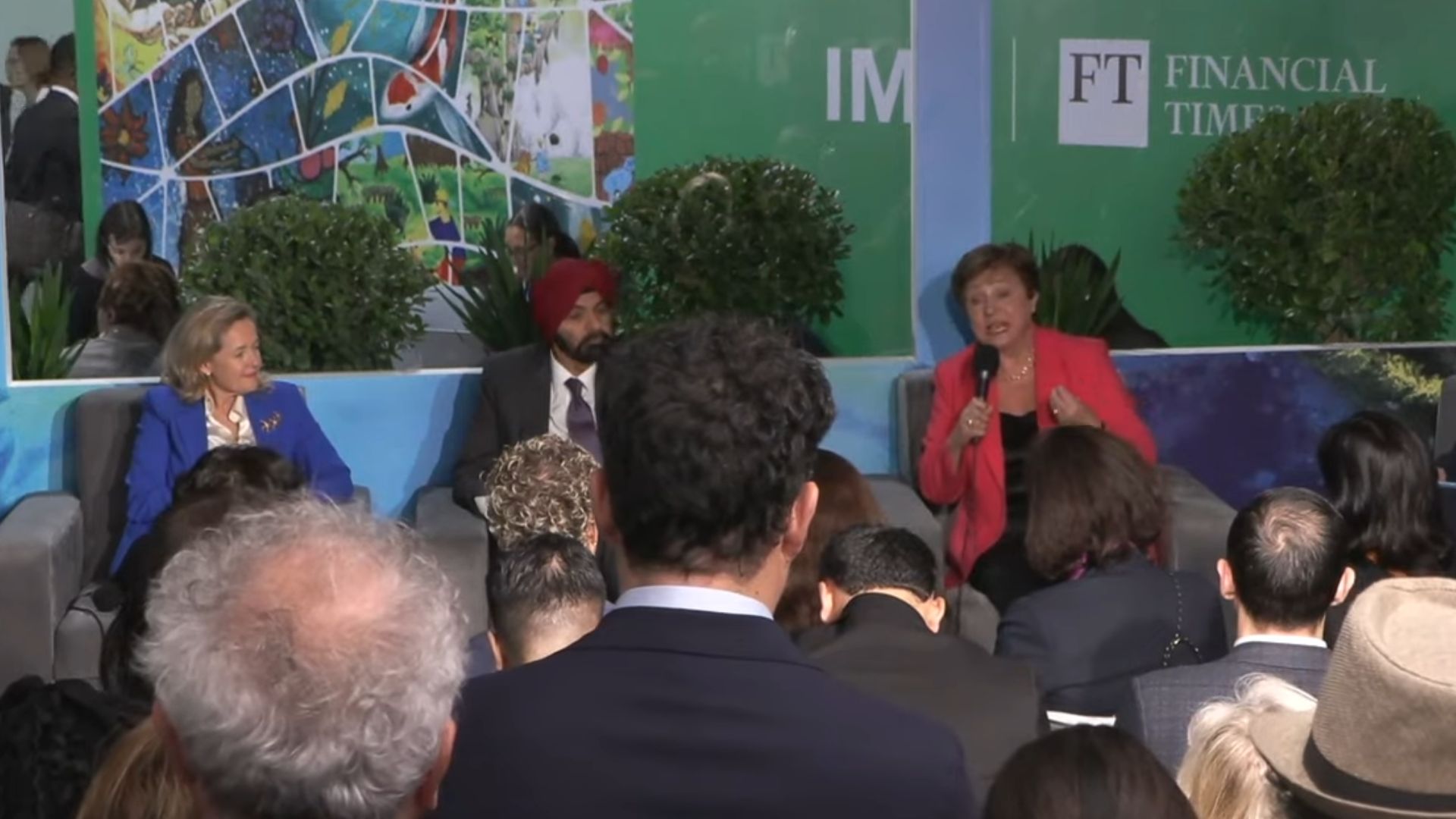NEW DELHI (Diya TV) — After a 14-year legal and diplomatic battle, Tahawwur Hussain Rana—accused of helping orchestrate the 2008 Mumbai terror attacks—has been extradited to India from the United States and taken into National Investigation Agency (NIA) custody. His arrival in New Delhi marks a significant milestone in India’s ongoing effort to bring the perpetrators of the 26/11 attacks to justice.
Rana, a Canadian national of Pakistani origin, arrived at Indira Gandhi International Airport aboard a special flight from Los Angeles. He was immediately arrested by the NIA and escorted by a multi-agency team, including officials from the National Security Guard (NSG) and Indian intelligence services. His extradition follows a long legal battle in the U.S. courts, culminating in the U.S. Supreme Court rejecting his final appeal on April 7, 2025.
“Rana was being held in judicial custody in the U.S. under proceedings initiated by the NIA under the India-U.S. Extradition Treaty,” the agency said in a statement. The handover was facilitated through a coordinated effort by India’s Ministry of External Affairs, Ministry of Home Affairs, and multiple U.S. authorities, including the Department of Justice and the FBI.
The NIA said Rana played an active role in the 26/11 attacks that killed 166 people and injured over 238. The terror siege targeted key landmarks in Mumbai, including the Taj Mahal Palace Hotel, Oberoi Trident, and Chhatrapati Shivaji Terminus. Rana is believed to have facilitated the plot by helping his childhood friend David Coleman Headley—also known as Daood Gilani—set up a fake immigration consultancy in Mumbai to conduct reconnaissance for Lashkar-e-Taiba (LeT), a Pakistan-based terrorist group banned under India’s Unlawful Activities (Prevention) Act.
According to the NIA’s 2011 chargesheet, Rana also coordinated with Pakistan’s Inter-Services Intelligence (ISI) operatives, including the elusive “Major Iqbal,” and traveled across Indian cities in the days leading up to the attack. Officials allege that his role went far beyond facilitation—he helped select targets and remained in close contact with Headley as the plot unfolded.
A senior official involved in the investigation told The Times of India, “He has already been probed extensively, and cracking him will not be an easy task. He would know where to mislead us and create smokescreens.”
Rana was first arrested by the FBI in 2009 in connection with a separate failed terror plot in Denmark. While a U.S. court acquitted him of direct involvement in the Mumbai attacks, he was convicted on other terrorism-related charges and sentenced to 14 years in prison.
India pursued his extradition relentlessly, issuing an Interpol Red Notice and promising compliance with international human rights standards—including legal access and prison conditions—to secure U.S. cooperation. Rana’s legal team filed multiple appeals, including emergency applications to Supreme Court Justices Elena Kagan and John Roberts, arguing that extradition would violate the UN Convention Against Torture. Both were denied.
Now in India, Rana has been taken to a high-security facility—likely Tihar Jail—and is expected to face a closed-door interrogation by a specialized team of NIA officers, intelligence operatives, and forensic psychologists. The goal: uncover deeper links between LeT, Pakistan’s intelligence services, and other suspects still at large, such as Hafiz Saeed, Zaki-ur-Rehman Lakhvi, Sajid Mir, and HuJI’s Ilyas Kashmiri.
The NIA hopes Rana’s testimony could reignite stalled cases, help prosecute absconders, and build diplomatic pressure on Pakistan to cooperate. His presence in India is more than just symbolic—it represents the closest India has come to unraveling the broader conspiracy behind one of the deadliest terror attacks in its history.
As Rana begins what may be a long interrogation process, Indian authorities are cautiously optimistic. For now, they see his arrival not as closure, but as the opening of a new chapter in the fight for justice for the victims of 26/11.




